Antonio Allegri da Correggio (1489 – 1534)
Get a Correggio Certificate of Authenticity for your painting (COA) for your Correggio drawing.
For all your Correggio artworks you need a Certificate of Authenticity (COA) in order to sell, to insure or to donate for a tax deduction.
Getting a Correggio Certificate of Authenticity (COA) is easy. Just send us photos and dimensions and tell us what you know about the origin or history of your Correggio painting or drawing.
If you want to sell your Correggio painting or drawing use our selling services. We offer Correggio selling help, selling advice, private treaty sales and full brokerage.
We have been authenticating Correggio and issuing certificates of authenticity since 2002. We are recognized Correggio experts and Correggio certified appraisers. We issue COAs and appraisals for all Correggio artworks.
Our Correggio paintings and drawings authentications are accepted and respected worldwide.
Each COA is backed by in-depth research and analysis authentication reports.
The Correggio certificates of authenticity we issue are based on solid, reliable and fully referenced art investigations, authentication research, analytical work and forensic studies.
We are available to examine your Correggio painting or drawing anywhere in the world.
You will generally receive your certificates of authenticity and authentication report within two weeks. Some complicated cases with difficult to research Correggio paintings or drawings take longer.
Our clients include Correggio collectors, investors, tax authorities, insurance adjusters, appraisers, valuers, auctioneers, Federal agencies and many law firms.
We perform Antonio Corregio art authentication, appraisal, certificates of authenticity (COA), analysis, research, scientific tests, full art authentications. We will help you sell your Antonio Corregio or we will sell it for you.
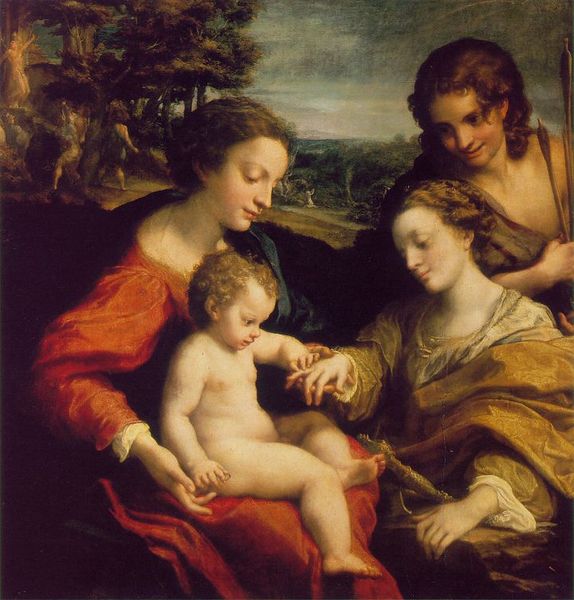
Antonio Correggio was the foremost painter of the Parma school of the Italian Renaissance, who was responsible for some of the most vigorous and sensuous works of the 16th century. In his use of dynamic composition, illusionistic perspective and dramatic foreshortening, Correggio prefigured the Rococo art of the 18th century.
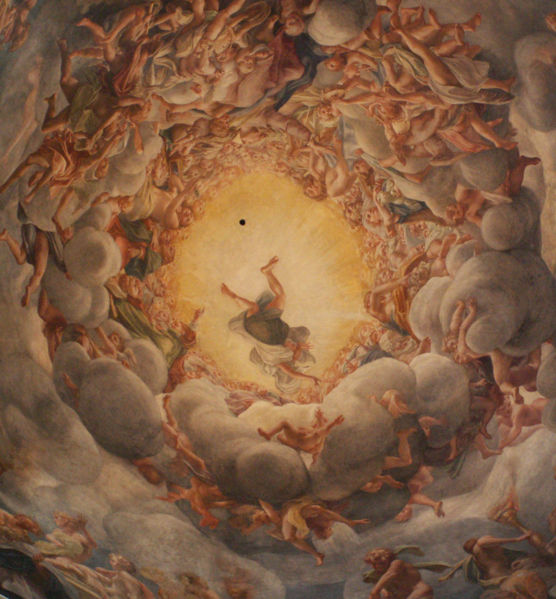
Antonio Allegri was born in Correggio, a small Lombard town near Reggio Emilia. His date of birth is uncertain (around 1489). His father was a merchant. Otherwise, little is known about Correggio’s life or training. In the years 1503-1505 he apprenticed to Francesco Bianchi Ferrara of Modena. Here he probably knew the classicism of artists like Lorenzo Costa and Francesco Francia, evidence of which can be found in his first works. After a trip to Mantua in 1506, he returned to Correggio, where he stayed until 1510. To this period is assigned the Adoration of the Child with St. Elizabeth and John, which shows clear influences from Costa and Mantegna. In 1514 he probably finished three tondos for the entrance of the church of Sant’Andrea in Mantua, and then returned to Correggio: here, as an independent and increasingly renowned artist, he signed a contract for the Madonna altarpiece in the local monastery of St. Francis (now in the Dresden Gemäldegalerie).

By 1516, Correggio was in Parma, where he generally remained for the rest of his career. Here, he befriended Michelangelo Anselmi, a prominent Mannerist painter. In 1519 he married Girolama Francesca di Braghetis, also of Correggio, who died in 1529. One of his sons, Pomponio Allegri, became an undistinguished painter. From this period are the Madonna and Child with the Young Saint John, Christ Leaving His Mother and the lost Madonna of Albinea.
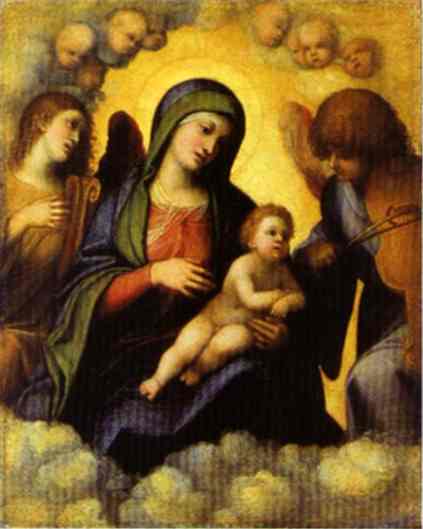
Correggio’s first major commission (February-September of 1519) was the decoration ceiling of the private dining salon of the mother-superior (abbess Giovanna Piacenza) of the Convent of St Paul, called the Camera di San Paolo (Parma). Here he painted a delightful arbor pierced by oculi opening to glimpses of playful cherubs. Below the oculi are lunnetes with monochromic marble images. The fireplace is frescoed with an image of Diana. The iconography of the unit is complex, joining images of classical marbles to whimsical colorful bambini. While it recalls the secular frescoes of the pleasure palace of the Villa Farnesina in Rome, but is also a strikingly novel form of interior decoration.
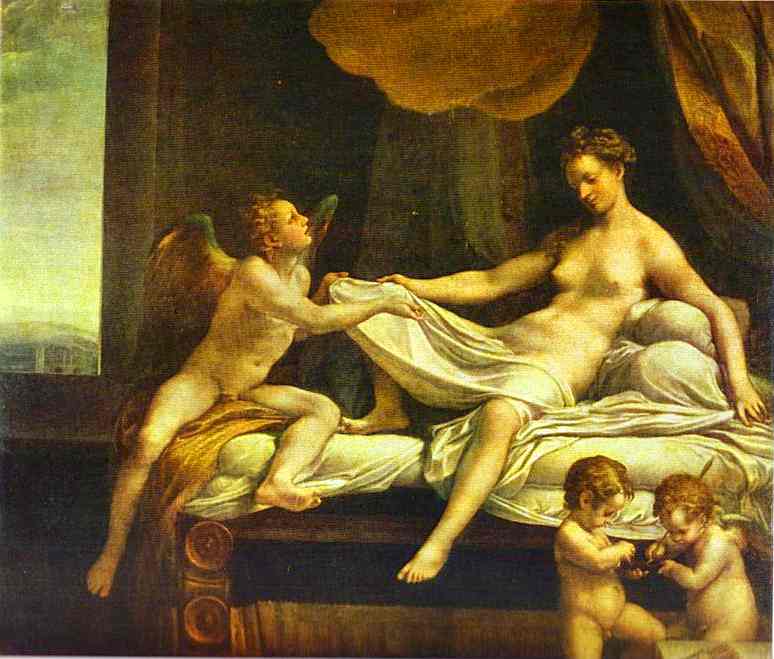
He next painted the illusionistic Vision of St. John on Patmos (1520-21) for the dome of the church of San Giovanni Evangelista. Three years later he decorated the dome of the Cathedral of Parma with a startling Assumption of the Virgin, crowded with layers of receding figures in perspective. These two works would represent a highly novel treatment of dome decoration, using an illusionistic sotto in su perspective, and would exert a profound influence upon future fresco artists, from Gaudenzio Ferrari in his frescoes for the cupola of Santa Maria dei Miracoli in Saronno, to Pordenone in his now-lost fresco from Treviso, and to the baroque elaborations of Lanfranco and Baciccio in Roman churches. The massing of spectators in a vortex, creating both narrative and decoration, the illusionistic obliteration of the architectural roof-plane, and thrusting perspective towards divine infinity, was a device without precedent, and which depended on the extrapolation of the mechanics of perspective. The recession and movement implied by the figures all presage the dynamism that would characterize baroque painting.

Other masterpieces include The Lamentation and The Martyrdom of Four Saints , both at the Galleria Nazionale of Parma. The Lamentation is haunted by a lambency rarely seen in Italian painting prior to this time. The Martyrdom is also remarkable for resembling later Baroque compositions such as Bernini’s (Truth) and Ercole Ferrata’s (Death of Saint Agnes), showing a gleeful saint entering martyrdom.

Aside from his religious output, Correggio conceived a now-famous set of paintings depicting the Loves of Jupiter as described in Ovid’s Metamorphoses. The voluptuous series was commissioned by Federico II Gonzaga of Mantua, probably to decorate his private Ovid Room in the Palazzo Te. However, they were given to the visiting Holy Roman Emperor Charles V and thus left Italy within years of their completion.

Leda and the Swan, now in Staatliche Museen of Berlin, is a tumult of incidents: in the centre Leda straddles a swan, and on the right, a shy but satisfied maiden. Danaë, now in Rome’s Borghese Gallery, depicts the maiden as she is impregnated by a curtain of gilded divine rain. Her lower torso semi-obscured by sheets, Danae appears more demure and gleeful than Titian’s 1545 version of the same topic, where the rain is more accurately numismatic. The picture once called Antiope and the Satyr is now correctly identified as Venus and Cupid with a Satyr.
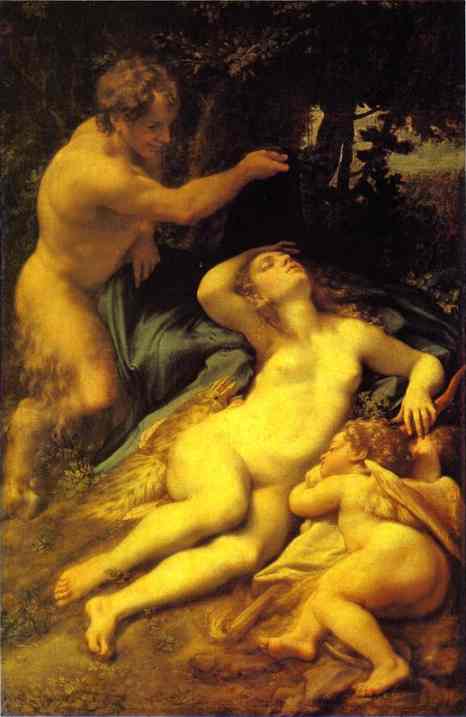
Ganymede Abducted by the Eagle depicts the young man aloft in literal amorous flight. Some have interpreted the conjunction of man and eagle as a metaphor for the evangelist John; however, given the erotic context of this and other paintings, this seems unlikely. This painting and its partner, the masterpiece of Jupiter and Io (reproduced above), are in Kunsthistorisches Museum of Vienna.
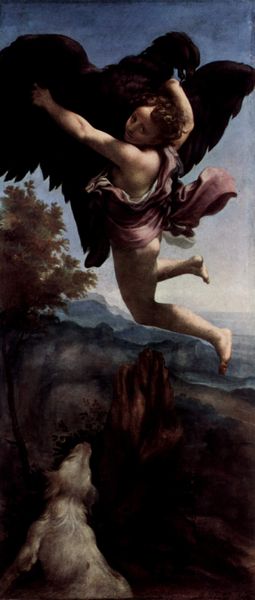
Correggio was remembered by his contemporaries as a shadowy, melancholic and introverted character, traits possibly conditioned by his birth into a large and poor family. Correggio is an enigmatic and eclectic artist, and it is not always possible to identify a stylistic link between his paintings. He appears to have emerged out of no major apprenticeship, and to have had little immediate influence in terms of apprenticed successors, but his works are now considered to have been revolutionary and influential on subsequent artists. A century after his death Correggio’s work was well known to Vasari, who felt that he had not had enough “Roman” exposure to make him a better painter. In the 18th and 19th centuries, his works were often remembered in the diaries of foreign visitors to Italy, which led to a reevaluation of his art during the period of Romanticism. The flight of the Madonna in the vault of the cupola of the Cathedral of Parma inspired numerous scenographical decorations in lay and religious palaces during the 20th centuries.
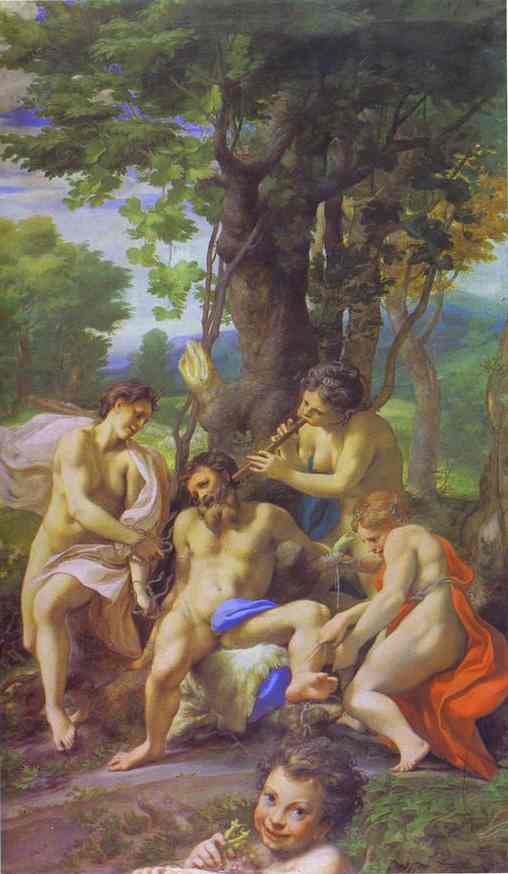
Corregio’s illusionistic experiments, in which imaginary spaces replace the natural reality, seem to prefigure many elements of Mannerist and Baroque stylistic approaches. In other words, he appears to have fostered artistic grandchildren, despite having no direct disciples outside of Parma, where he was influential on the work of Giovanni Maria Francesco Rondani, Parmigianino, Bernardo Gatti, and Giorgio Gandini del Grano. His son, Pomponio Allegri became a painter.

Madonna Nursing 1523
In addition to the influence of Costa, there are echoes of Mantegna’s style in his work, and a response to Leonardo da Vinci, as well. Still wondering about an Italian painting in your family collection? Contact us…it could be by Antonio Correggio.
